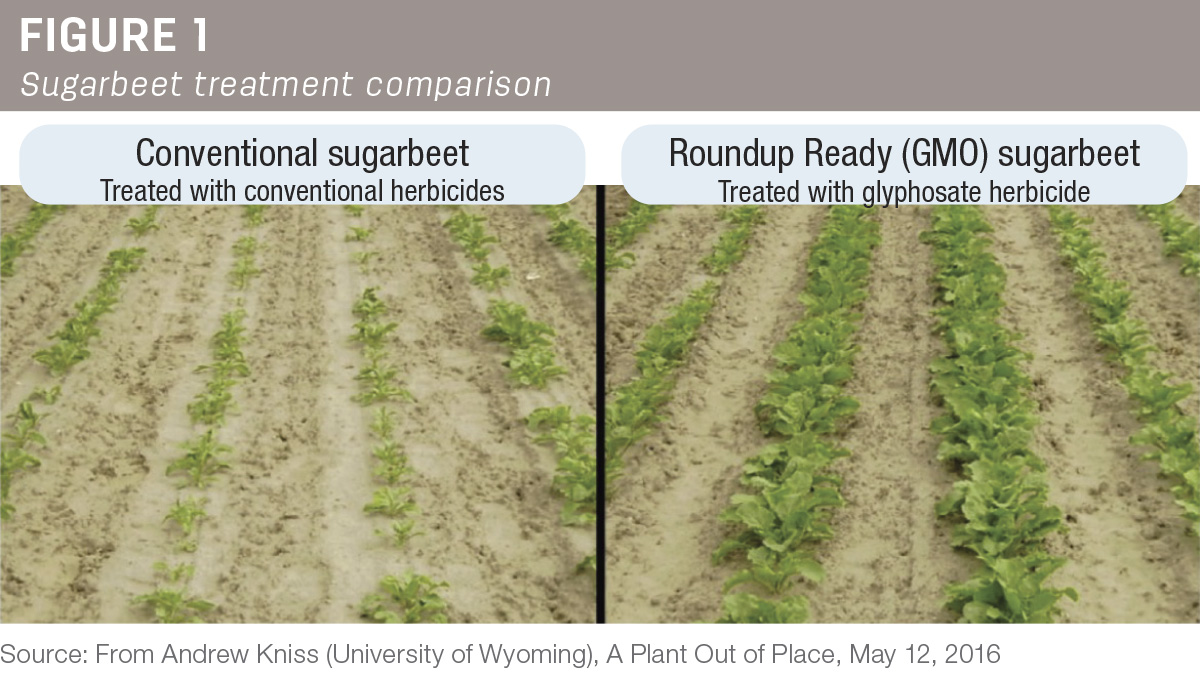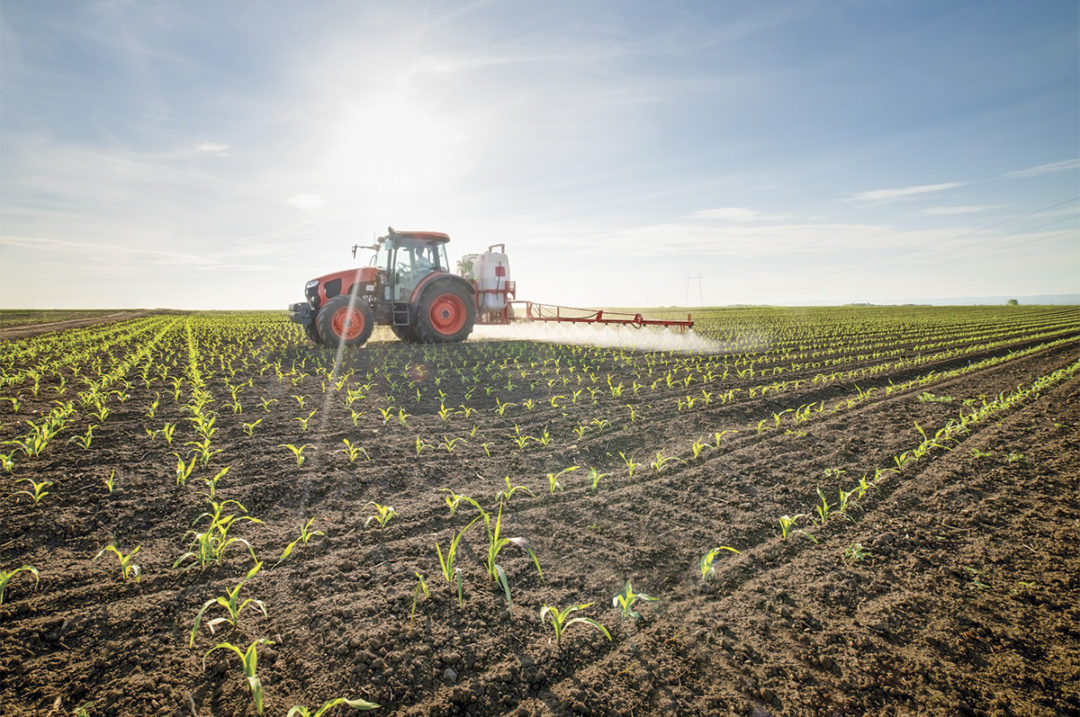According to the National Safety Council, there were 46,980 fatalities related to motor vehicles in 2021 in the U.S. This translates to one death every 11.2 minutes. All of us would like to see that number go to zero. And we could do it. All we have to do is eliminate cars. If everyone stops driving, then there would be no deaths related to motor vehicles. A solution exists to solve this problem. (In fact, there are some calling for this now.)
However, that solution is not feasible. Our society has grown to rely extensively on motor vehicles. We simply cannot eliminate them. A better solution is to find ways to reduce or even eliminate the fatalities some other way. Speed limits, seat belts, airbags and many other safety measures make driving safer. For most, these safety measures offset the risks associated with driving. We accept the risk because we understand the benefit.
Unfortunately, some people spectating about agriculture do not apply this same risk-benefit analysis to conventional food production methods. Many people claim the risks of pesticide use are unacceptable. This perspective seems most evident with glyphosate (commonly marketed as Roundup). In January, a Pennsylvania jury awarded a landscaper a $2.25 billion award. This followed on the heels of a $1.5 billion award given in November of 2023 to three ex-users of glyphosate in Missouri. In these cases, the juries decided that Bayer’s Monsanto unit did not properly warn glyphosate users of the risk.
The underlying problem with these verdicts is: There is no scientific consensus that glyphosate use poses significant risk when used according to the label. In fact, glyphosate is one of the safer methods of managing troublesome weeds. It is difficult to understand completely how a company can be found liable for not properly warning about a risk, when the nature of the risk is speculative at best and the company has complied with the mandatory warning regime. Finding that labels are insufficient is tantamount to suing for injuries sustained in a car crash when the driver has failed to use a seatbelt and obey applicable traffic laws. Our concern is that Bayer may decide that selling glyphosate no longer generates value. In the motor vehicle analogy, this is like taking all cars off the road.
Some argue that taking glyphosate “off the road” is the correct, moral outcome. They claim that crops can grow in harmony with the land and we do not need these pesticides. This sentiment does not align with the current needs of the human family and borders on blatant misinformation. Our agricultural system has evolved to produce a large amount of calories on a very small footprint. Glyphosate kills weeds, freeing our food from competition with weeds for precious resources. Getting rid of pesticides such as glyphosate would increase the required footprint at a time when arable land is only decreasing and the need to produce more food for a growing population is increasing.
Glyphosate is a terrific tool
Prior to the development of Roundup Ready sugarbeets, growers in Idaho might make five separate non-glyphosate herbicide applications to control weeds. Now growers may only spray twice and get much better weed control. Additionally, the non-glyphosate herbicides were detrimental to sugarbeet growth (Figure 1).

A research study showed that glyphosate use in many crops has led to a reduction in alachlor use. Alachlor is five times as toxic as glyphosate. A study on Ontario, Canada showed that an increase in glyphosate use in corn and soybeans resulted in a reduction of total herbicide active ingredient (pounds of herbicide applied per acre) with a concomitant increase in crop yield. More yield with less pesticide use.
Glyphosate has provided agriculture with many benefits. A study published in 2015 showed that the use of glyphosate-tolerant crops had led to a reduction in 553 million kilograms of pesticides in the U.S. from 1996 to 2013. The corresponding decrease in greenhouse gas emissions is equivalent to removing 12.4 million cars from the road. The use of glyphosate has become a critical tool for no- and low-till farming and the reduction in tillage reduces our carbon footprint and may be the most scientifically proven method for improving soil health.
Understandably, not everyone in our society uses the same currency when talking about risk. For some, a product that is perceived to be harmful is a cost that no demonstrated benefit can compensate. In those cases, the currency of safety will trump the currency of efficient food production. But remember the conundrum of cars. With motor vehicles, we see both sides of the risk ledger every day: benefits and costs. With glyphosate, many see only the risks and not the benefits. A closer look at glyphosate shows that the safety concerns are not scientifically supported, and that the benefits are worth the perceived risk.
We write this article in hopes of adding credible, consumable information to the risk-benefit discussion surrounding glyphosate. It is important to note that juries and judges do not determine scientific consensuses. They respond to a curated collection of evidence with pre-framed questions determining liability based on a “preponderance of the evidence.” While this system can be effective at resolving the rights of the parties before the court, they do not always accurately state the objective benefits or risks associated with glyphosate. Thus, we go forward in hopes that reason and scientific facts will prevail. After all, just as we frequently drive safely from one place to another, we can use glyphosate to safely supply food on our tables.
References omitted but are available upon request by sending an email to the editor.



.jpg?t=1687979285&width=640)






